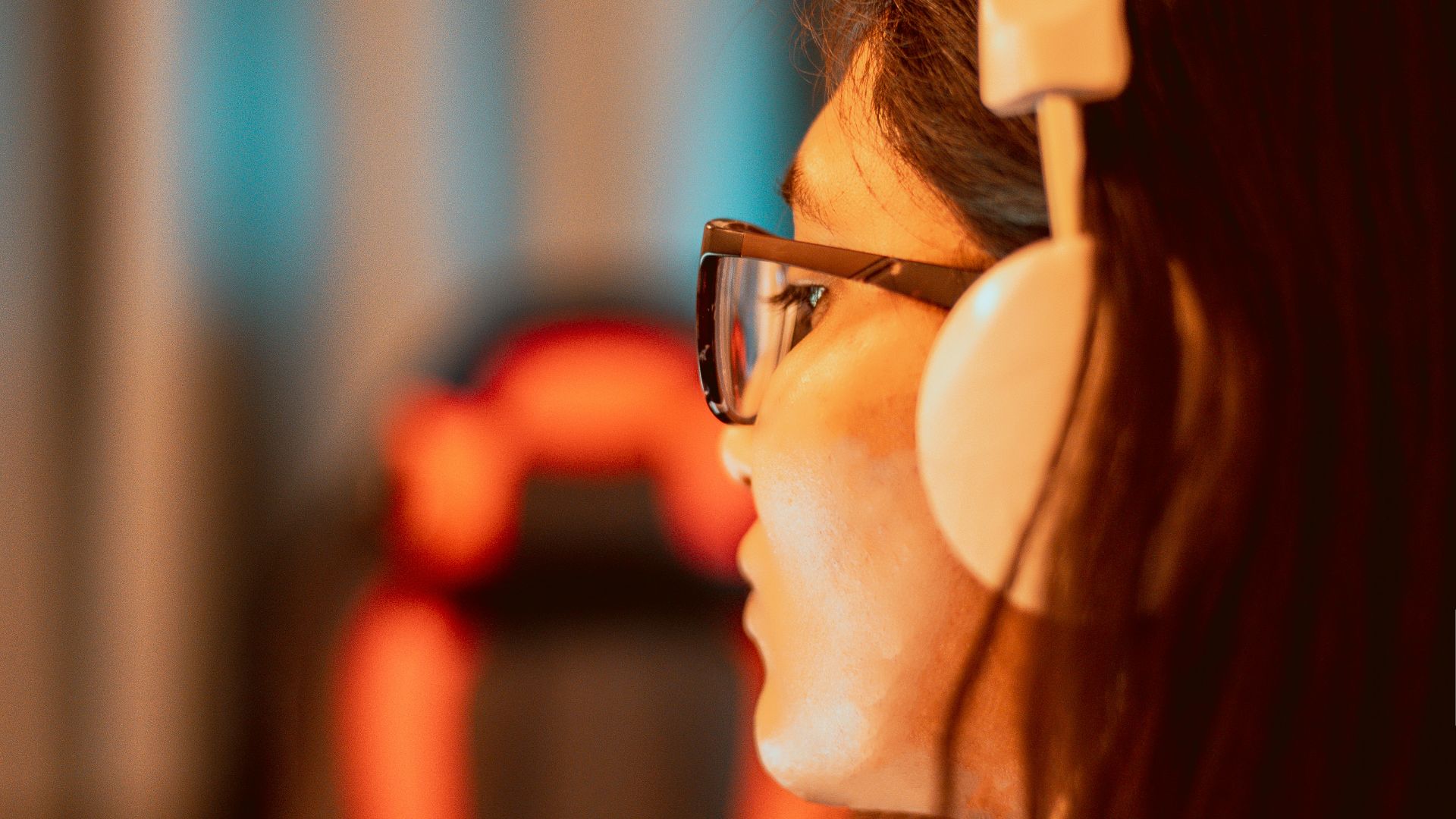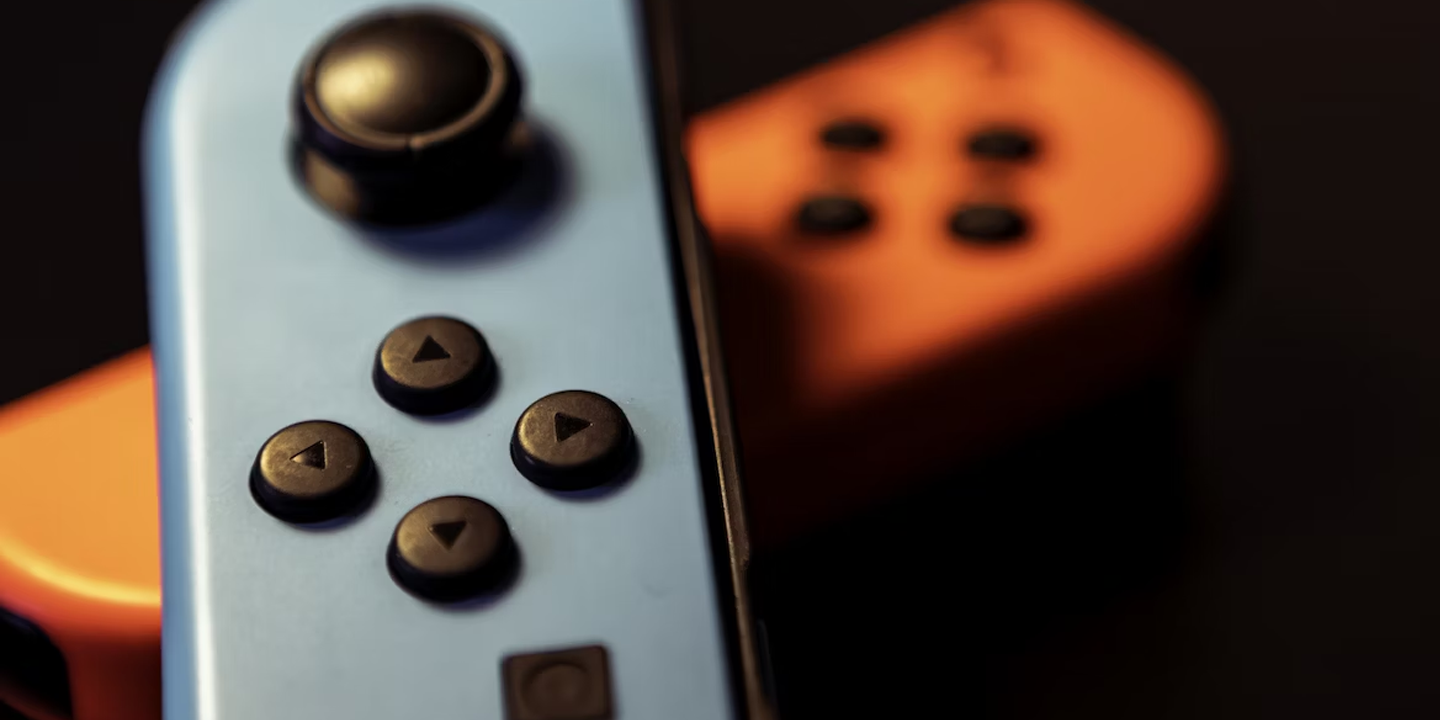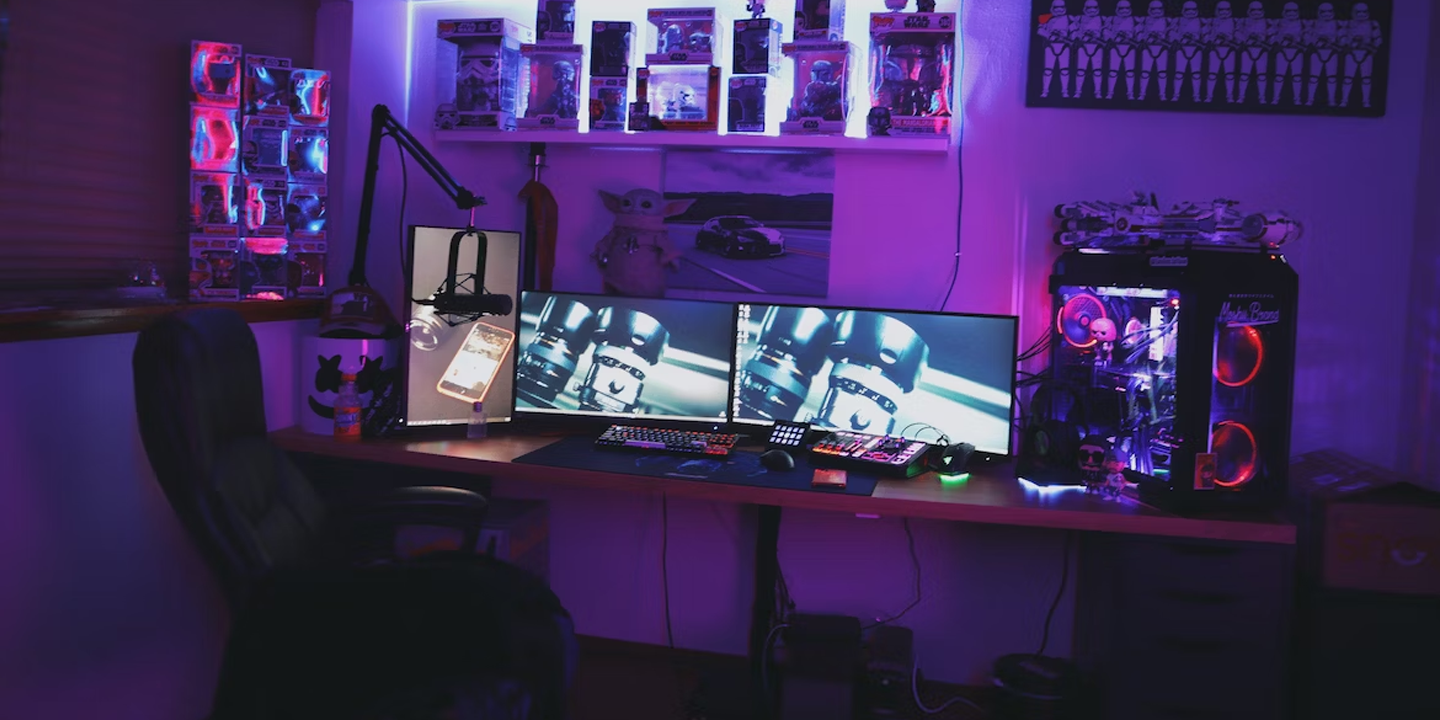Video games were once considered a boys-and-men-only club. For decades, if you asked someone to visualize a “gamer,” they’d likely conjure an image of a teenage boy with a joystick in one hand and a bag of chips in the other. However, that outdated stereotype is quickly becoming a thing of the past. In fact, the world of gaming is much more diverse than we once gave it credit for, and many companies are shifting gears and starting to cater to an audience that has always been there: female gamers. Whether they like to play, compete, or participate, women and girls game just as much as men, and as the industry changes, developers are finally realizing this fact: gaming isn’t a boys-only club, and it never really was.
The Numbers Don’t Lie
Video games are nearly ubiquitous among teens. Eighty-five percent of US teens reported that they played video games, according to a September to October 2023 survey, while only 15% reported not playing at all. However, only 40% of teens who play identify as gamers, and 45% of teens who play do not consider themselves gamers.
The gender breakdown of these results is even more noteworthy. Girls play games in greater numbers than most people have realized or appreciated. Eighty-one percent of younger teen girls aged 13 to 14 reported that they play video games, while 67% of older girls aged 15 to17 reported they play. Boys remain the most active group, with nearly all teen boys reporting that they play regardless of age, but the gap is far narrower than preconceptions would have you believe.
The split is also nearly identical across race, ethnicity, and household income. Video games are truly pervasive. With such a wide audience, the market for female gamers has shifted from being a niche to being a baseline.
What Women Play
The first thing to do to keep up with this changing landscape is to understand what women want to play. One of the first to delve into this data was researcher Nick Yee, who utilized the Gamer Motivation Profile developed by the game design company Quantic Foundry to identify how women respond to a range of motivations like community, fantasy, completion, and discovery.
The data bears out just how huge the female audiences are for many of gaming’s largest genres. Female players account for nearly 70% of those playing family and farm simulators, as well as match-3 puzzle games, the very experiences too often written off as “casual” that are played by millions of people all over the world. Atmospheric exploration games and puzzle games like Monument Valley also draw in very heavy female audiences, with women representing about 50% of players.
And even in multiplayer space, women are hardly invisible. Quick, team-based games like Overwatch boast large female communities. Interactive, story-based games are also massively popular, with data revealing that nearly one quarter of World of Warcraft players are women.
Companies Are Targeting Women
As demographics shift, video game companies are scrambling to update their marketing and development strategies to target women in a more intentional way. A huge and diverse majority of mobile gamers are women, and 87% of women play mobile games at least weekly, with 64% making in-app purchases. Console trends indicate a similar, significant growth. Nearly 46% of women say they play on Nintendo Switch most often, a platform that has focused on publishing inclusive, accessible, and genre-diverse titles.
Brands outside gaming are getting in on the action, too. NYX Professional Makeup and E.l.f. Cosmetics are investing in partnerships with esports organizations and making gaming-related content that’s targeted specifically at women. The takeaway: Female gamers are here, they’re important, and they’re an audience that the industry wants to hear from.











